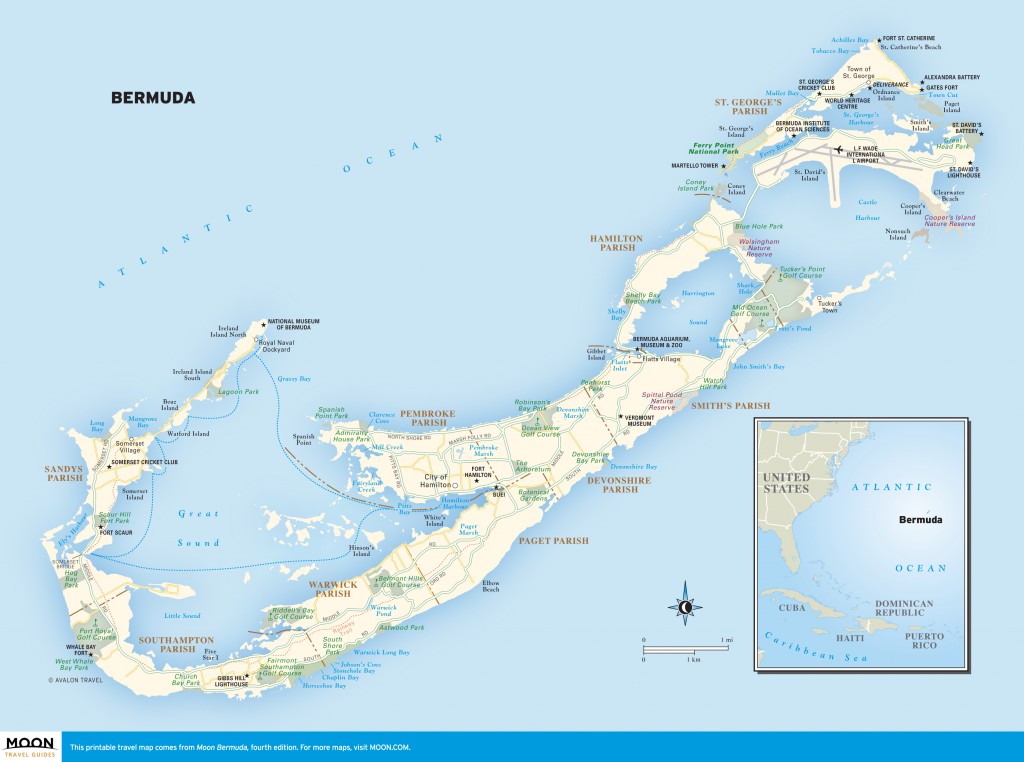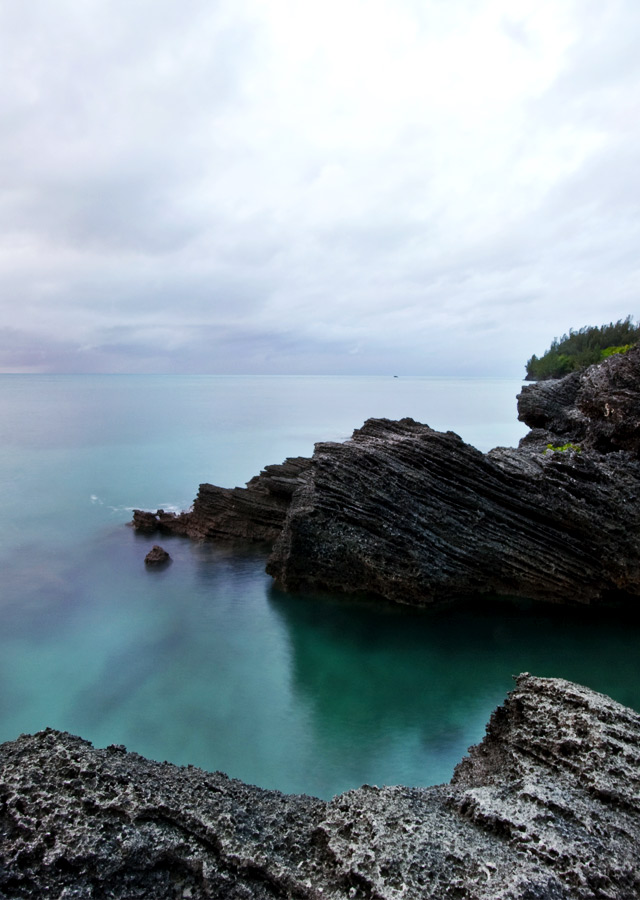
Bermuda
Empirical data suggests a far simpler explanation—that such “mysteries” aren’t really mysterious at all. Given the fact that many Triangle incidents took place during raging storms or in the 1940s and 1950s before the advent of high-tech navigation equipment such as global positioning satellites (GPS), basic human error or the whims of Mother Nature could easily account for the disasters. In fact, Lloyd’s of London accident records have shown that the Triangle’s geographic area is no more dangerous than any other part of the ocean—a conclusion confirmed by the U.S. Coast Guard.
Yet the world’s fascination with the Triangle continues, particularly with the story of Flight 19, the unsolved disappearance of five Avenger torpedo bombers on December 5, 1945. The Triangle’s best-known tale describes how the aircraft left Fort Lauderdale’s Naval Air Station on a routine practice mission with 13 student pilots, accompanied by their commander, Lt. Charles Taylor. The flight plan called for a test bombing run followed by a triangular course east and north, a distance of 120 miles. But about 90 minutes after leaving the base, the squadron found itself in trouble. Taylor sent a radio transmission reporting that his compasses were malfunctioning, and it soon became clear he was hopelessly disoriented. As night fell and a storm approached, communications faded and finally stopped, presumably when the planes ran out of fuel and plunged into the sea.

Even if they’ve never set foot on the island of Bermuda, most everyone knows that the archipelago lies in the maw of a spooky phenomenon dubbed the “Bermuda Triangle”. Photo © Andrew Malone, licensed Creative Commons Attribution.
One of two Martin Mariner search planes that went to look for the missing squadron also disappeared; there were reports of an explosion after it took off, and airplane debris was spotted nearby. Nothing was seen of Flight 19, however. The Navy, pressured by Taylor’s family, cited “causes or reasons unknown” for the disaster, rather than pilot error. In subsequent decades, the story of Flight 19 became the focus of Triangle speculation, which heightened after Charles Berlitz’s sensational bestseller of 1974, The Bermuda Triangle. Flight 19’s planes and pilots even enjoyed a reappearance in Steven Spielberg’s 1977 UFO classic, Close Encounters of the Third Kind.
One of the most lauded books on the Triangle attempts to lay such fantasies to rest. The Bermuda Triangle—Solved was written by Arizona librarian Larry Kusche, who in 1975 decided to investigate claims put forward by the plethora of articles and books on the Triangle’s unsolved mysteries. Digging into contemporary accounts and other primary sources, he discovered factual material other writers had overlooked or ignored, much of it pointing to entirely rational explanations for unusual events. His book catalogs his findings, offering in-depth detail about some of the myth’s highlights and ultimately refuting many outlandish claims.
Surprisingly, Bermuda has never made much of the legend, even as a potential tourist attraction. Eponymous cocktails took the name, and several island companies pay tribute to the folklore with Triangle monikers, including retail stores, a printing house, and a scuba outlet. Bermuda Department of Tourism officials seem to have qualms about marketing the Triangle to the world at large, despite calls from some in the industry for Triangle-themed travel ads, a museum, or boat tours.
Excerpted from the Fourth Edition of Moon Bermuda.